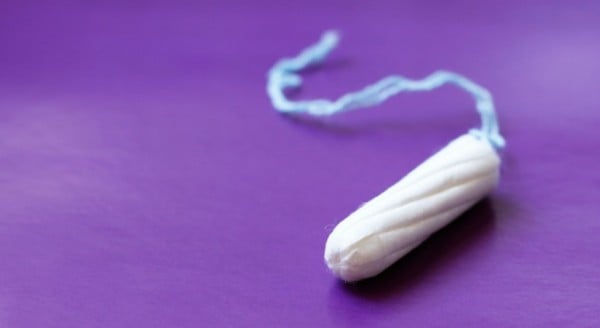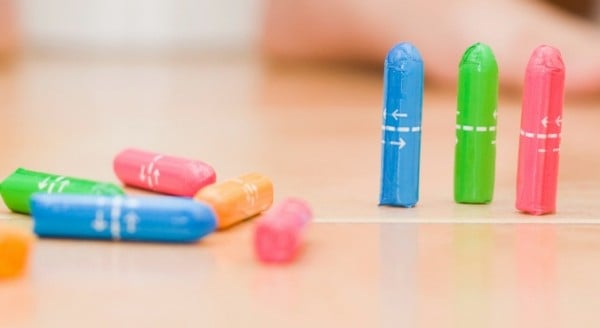
Image via iStock.
It’s predicted a woman will use over 11,000 tampons in her lifetime. That’s a lot of trips down the sanitary products aisle.
Yet despite the cute and colourful packaging and how common an item they are, apparently no one really knows exactly what is in your tampons. Shit.
RELATED: Use this, and you never have to buy tampons again
Well that’s not strictly true – of course the manufacturers know exactly what they’re putting in them, it’s just us (you know, the actual users of the product) that are kept in the dark.
In fact, there is no conclusive research that can say with absolute confidence that most feminine hygiene products are 100 per cent safe. It’s only recently that any study has actually looked into it, with the majority of research being done by independent bodies.
A recent report by the non-profit Women’s Voices for the Earth found out that some feminine hygiene products may use ingredients that are known or suspected endocrine-disrupting chemicals (EDCs), carcinogens (agents that are directly involved in causing cancer) or allergens.
And using other products like douches, wipes and deodorizers only increases the risk of potential chemical exposure.




